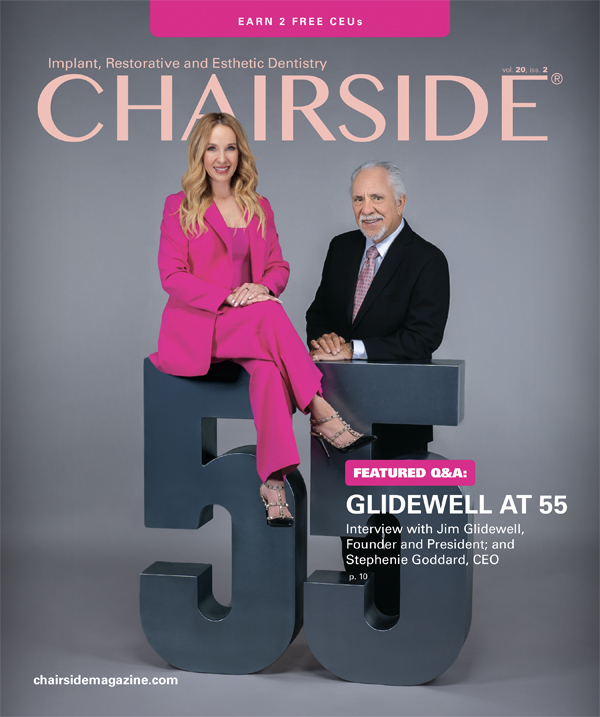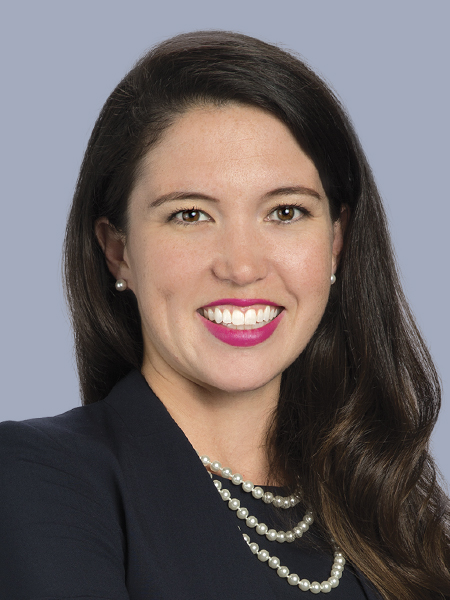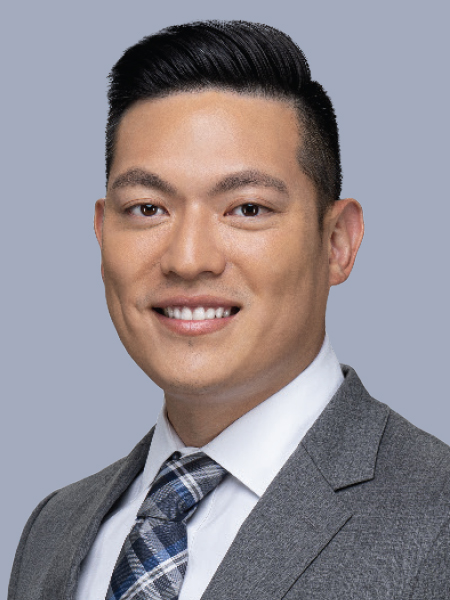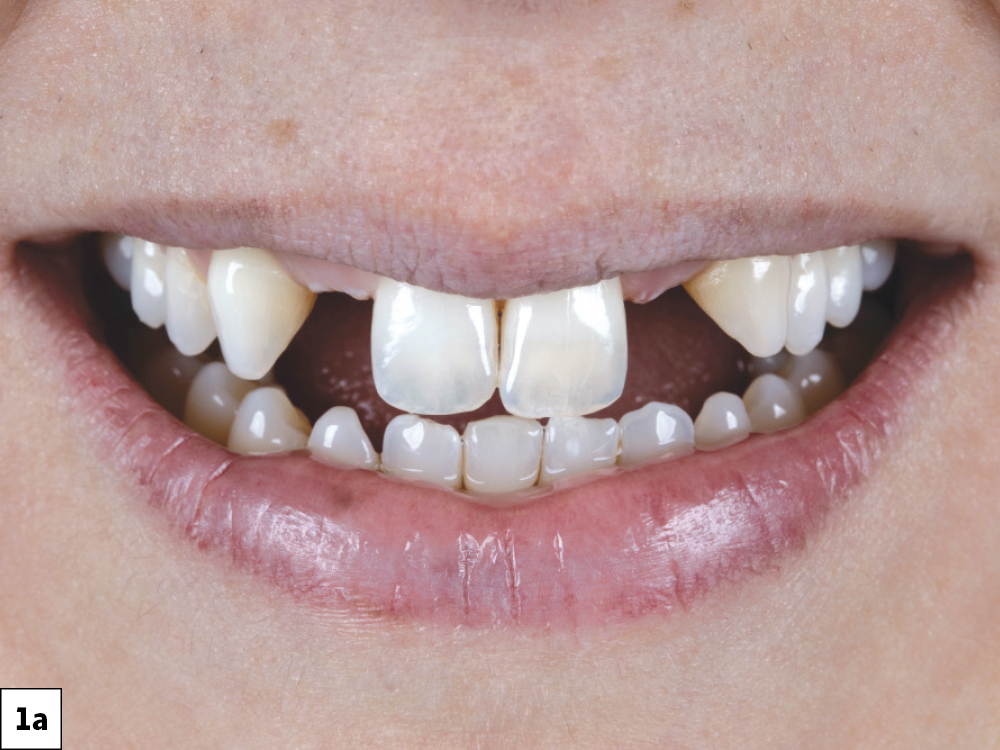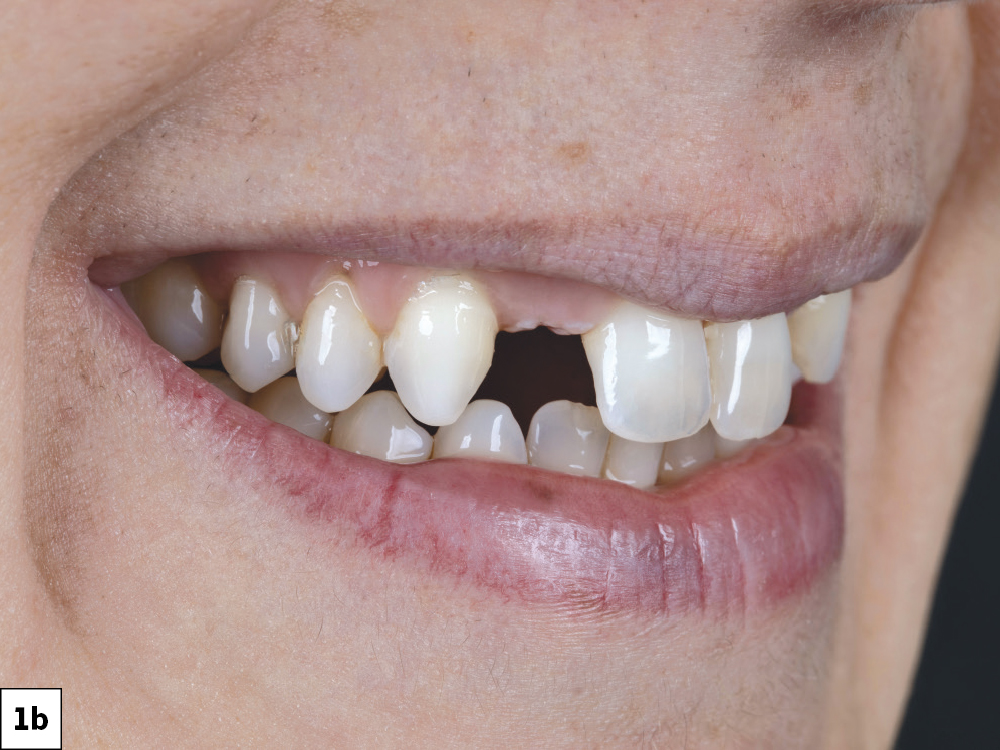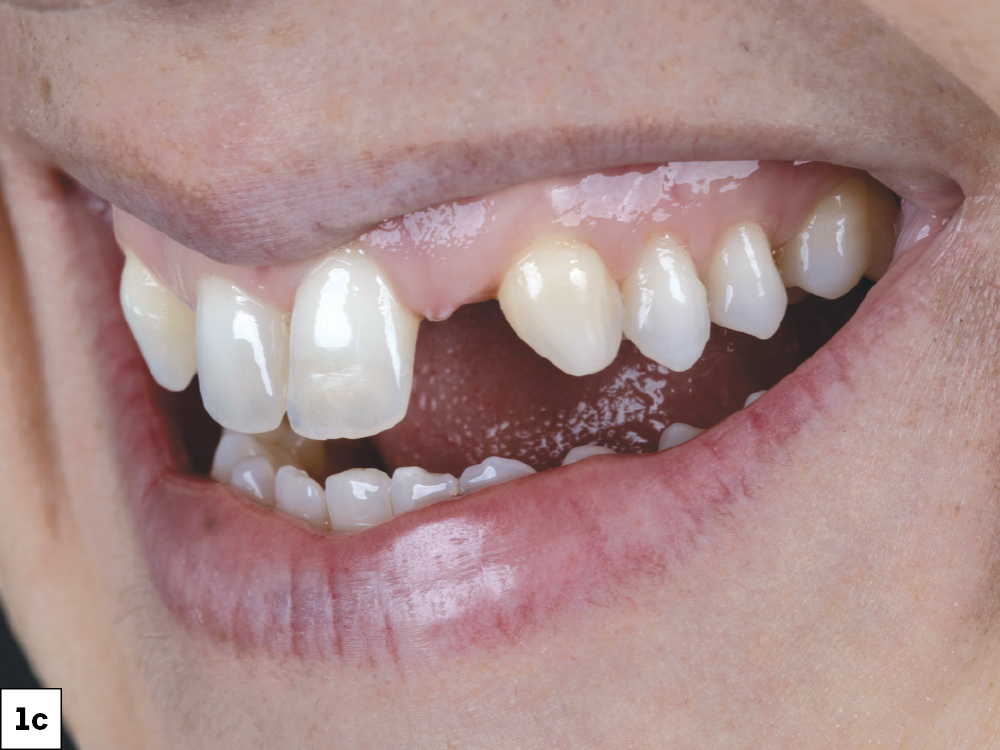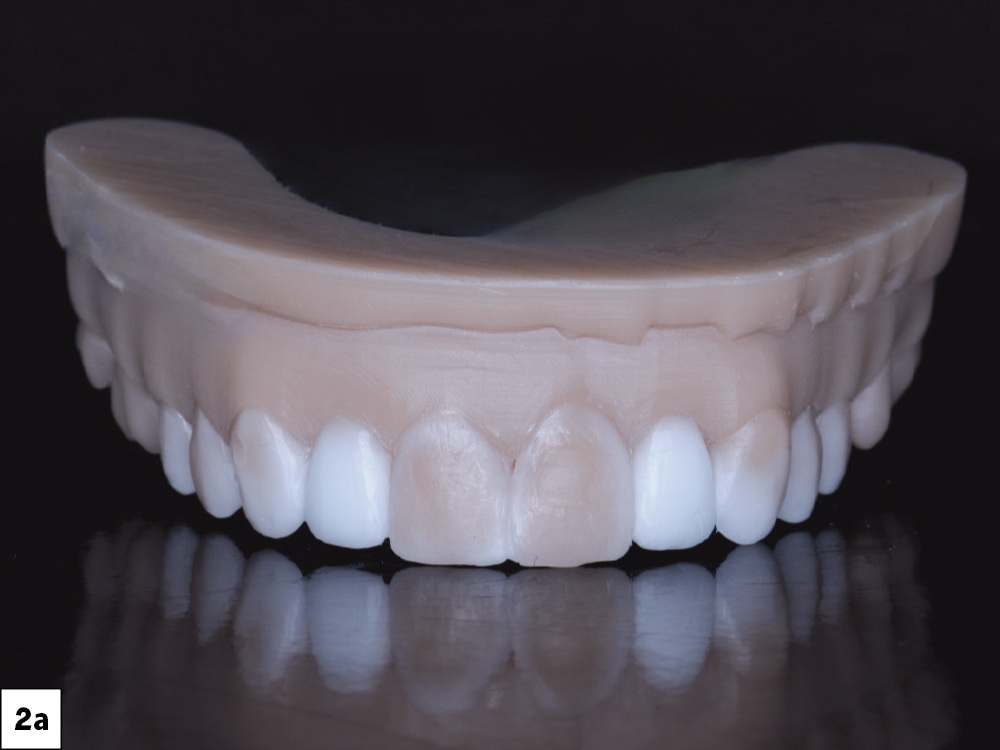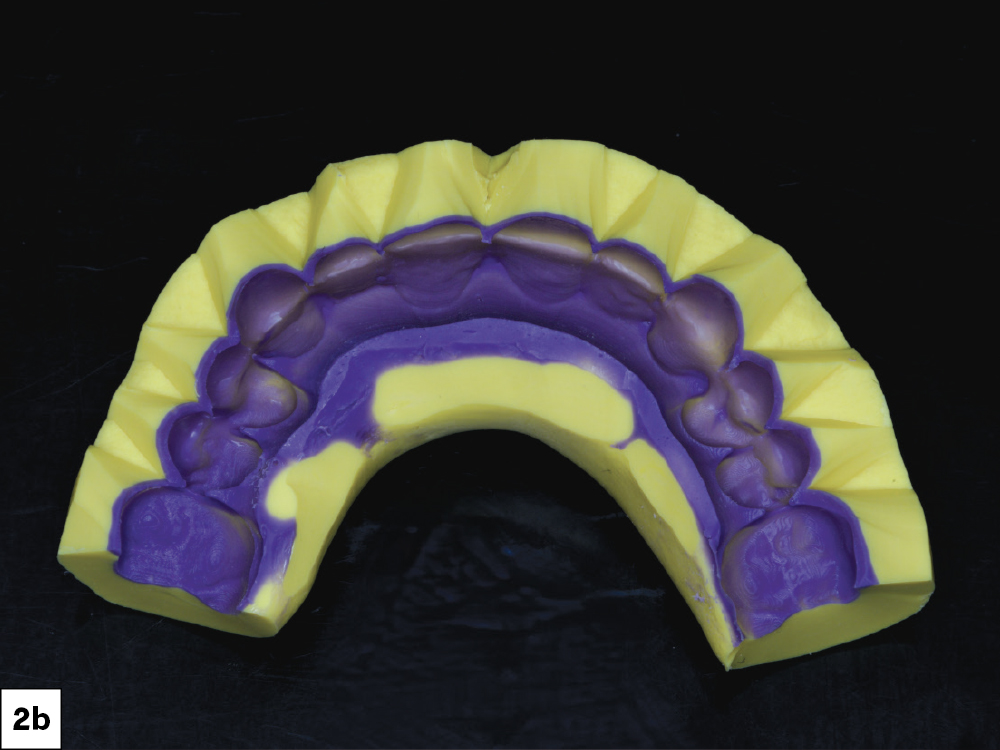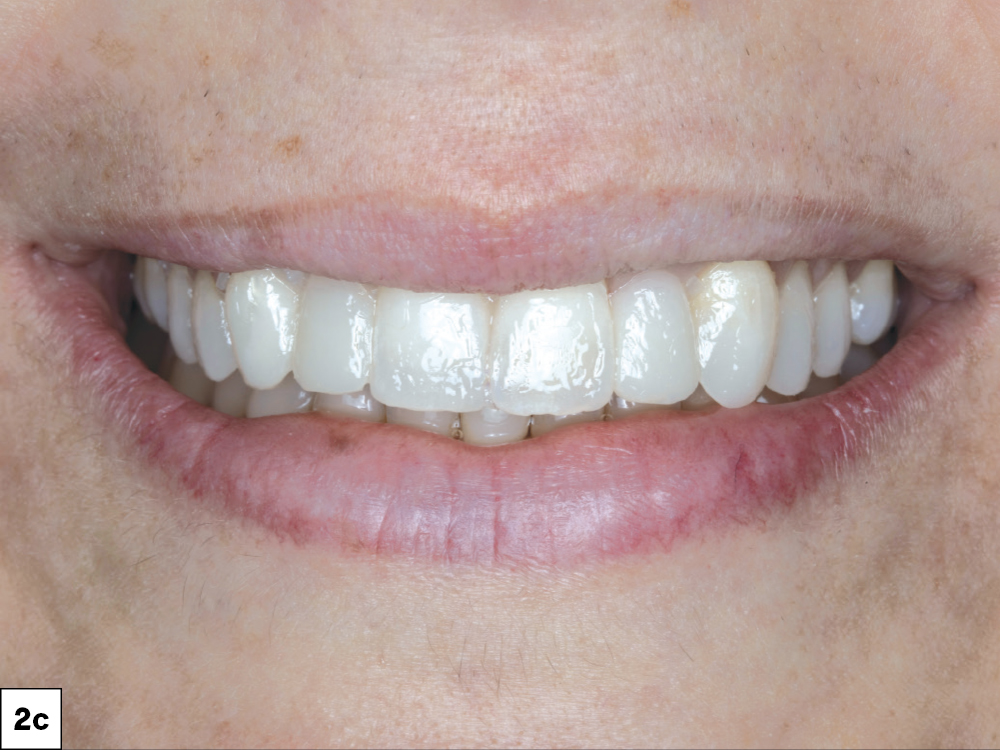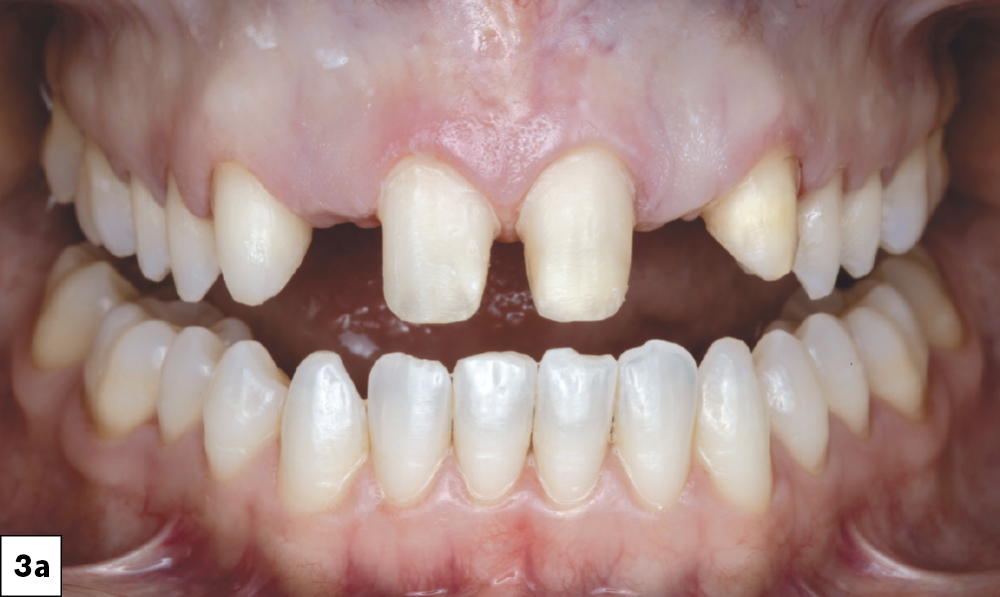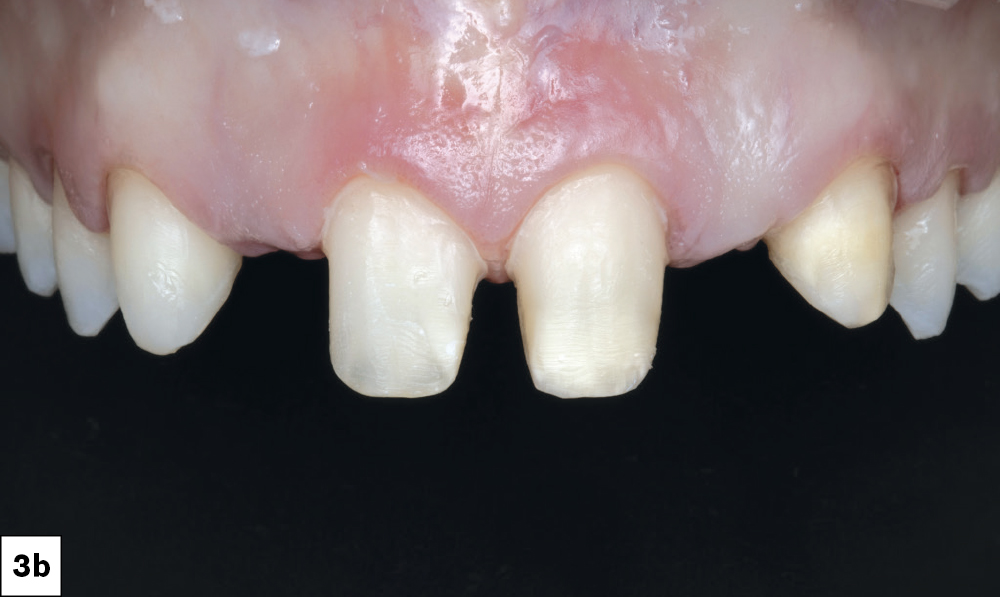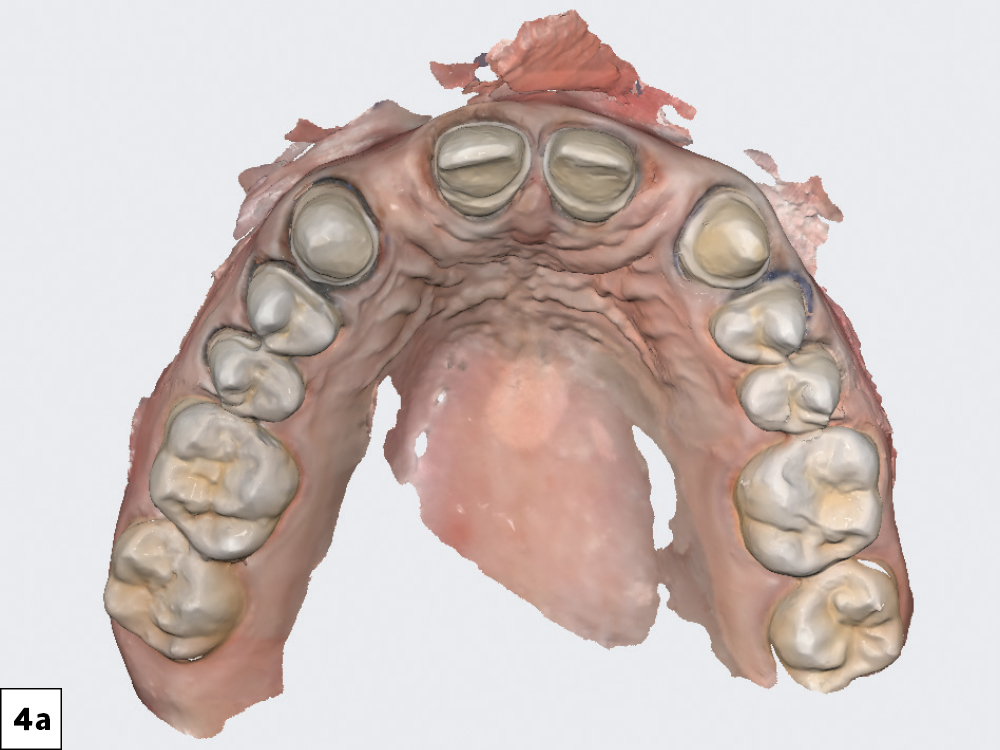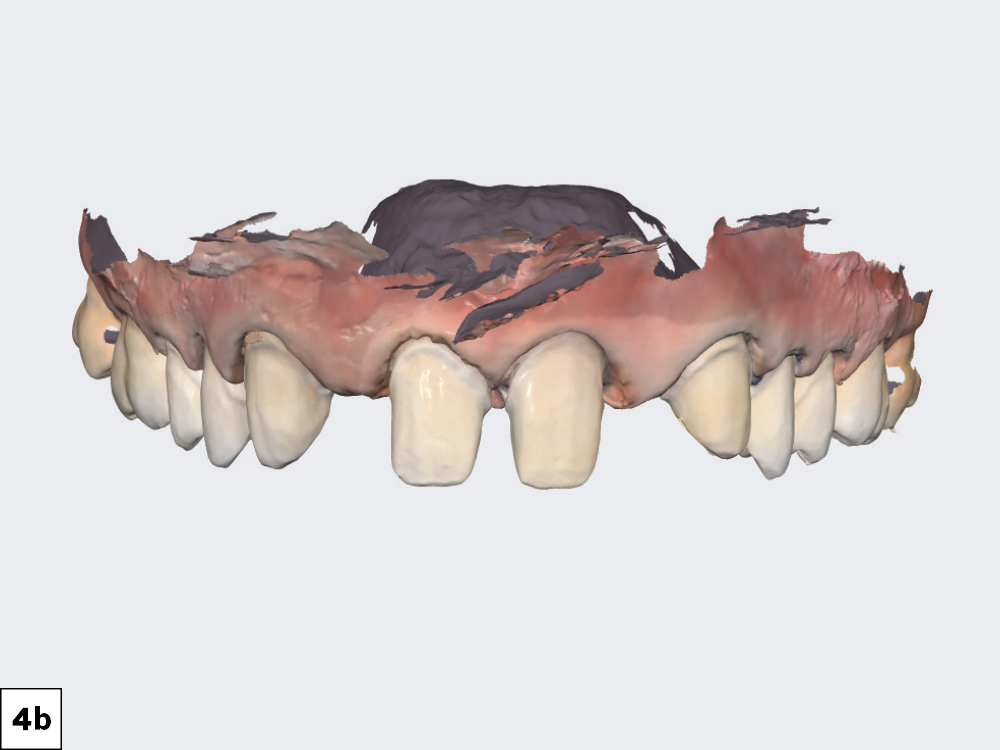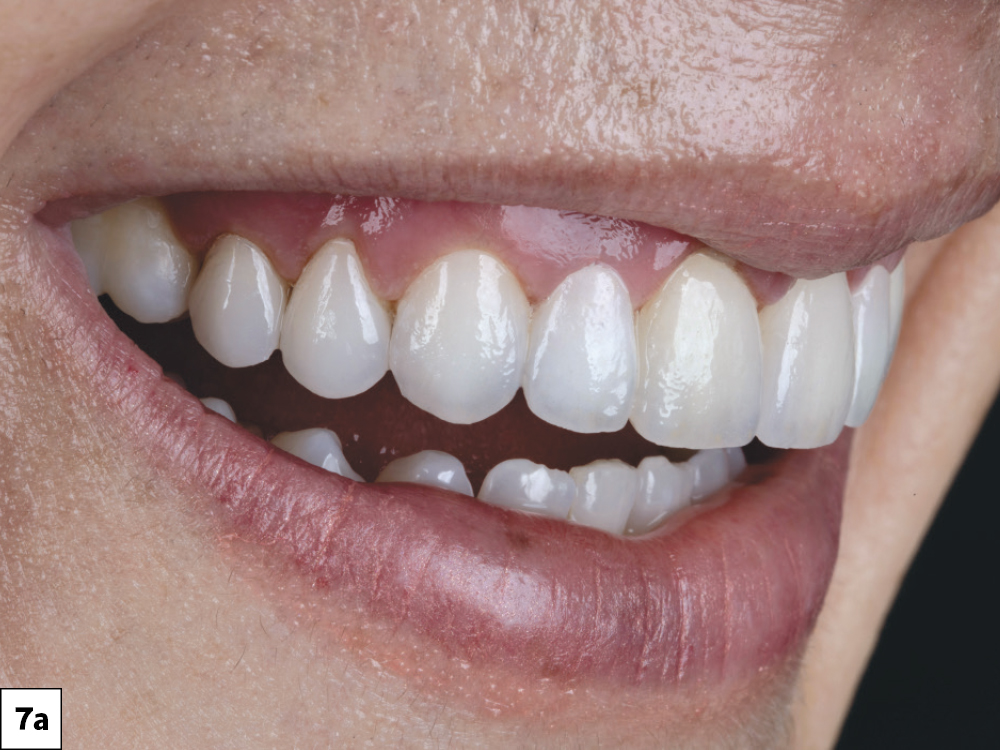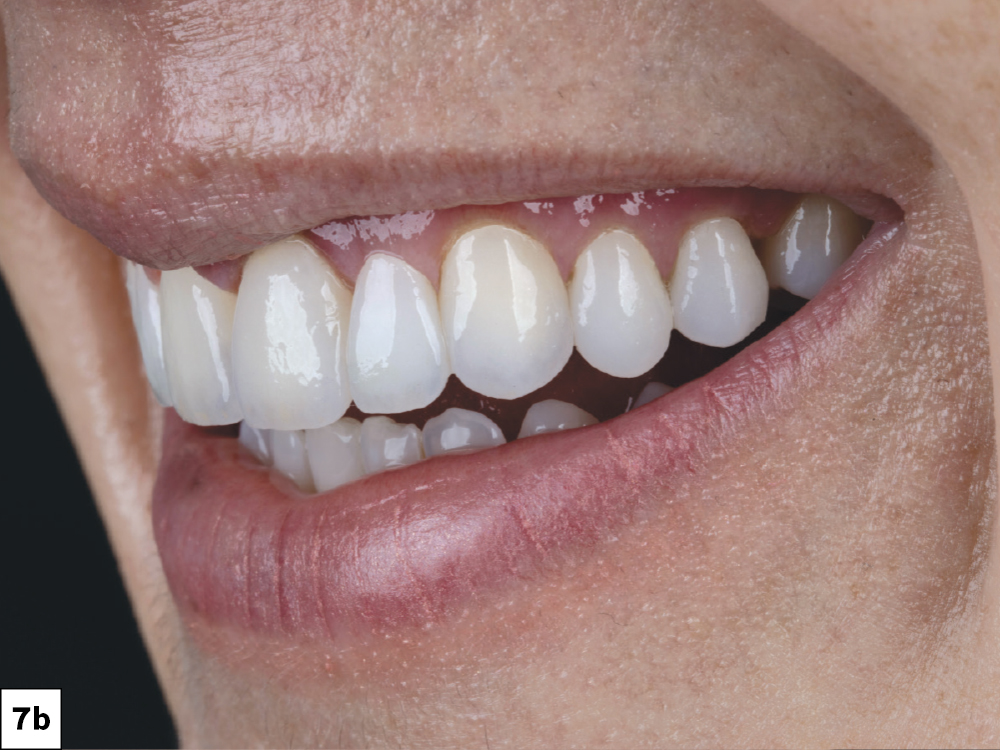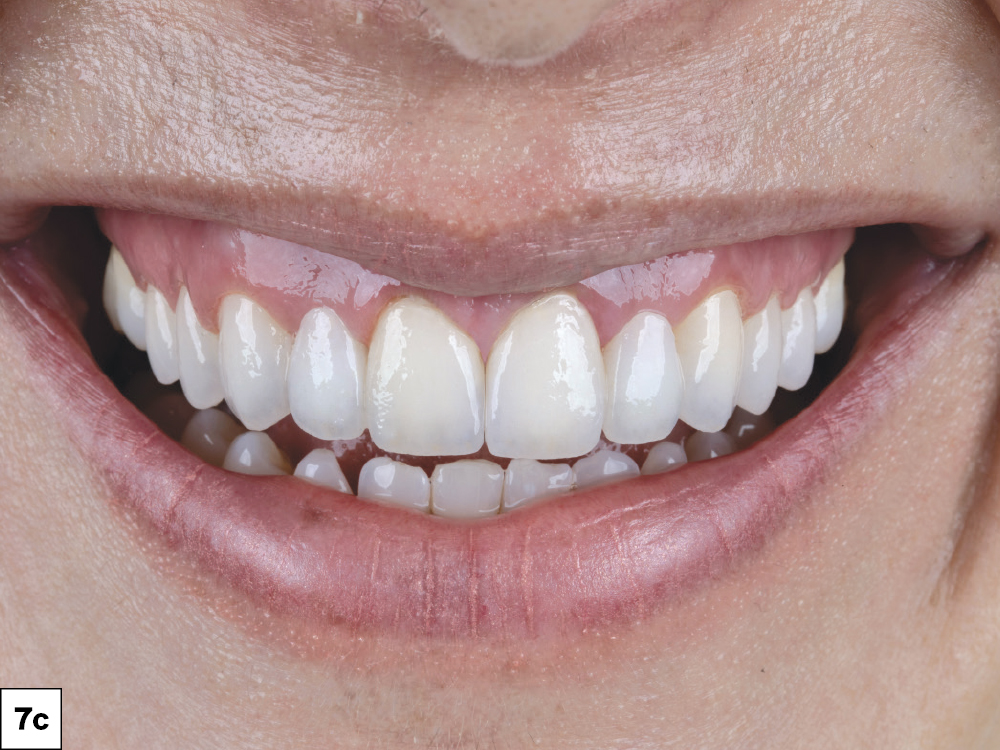An Anthropologist’s Oral History

As a Postdoctoral Fellow at an Ivy League university, Lindsay has the opportunity to travel, conducting research in remote corners of the planet. While these excursions require careful planning, she should not have to plan for dental restoration failure on a trek to the Amazon. Unfortunately, that was just the scenario Lindsay experienced when her resin-bonded bridge de-bonded while she was in the rainforest.
Lindsay was greatly dissatisfied with her prior experiences with replacement for her congenitally missing laterals. She came to Drs. Taylor Manalili and Justin Chi in search of a solution that would provide reliable function and natural esthetics. After deciding against implants due to space limitations, the agreed-upon treatment plan was a combination of BruxZir® Esthetic bridges for teeth #6–8 and #9–11 and BruxZir Esthetic veneers on teeth #4, #5, #12 and #13. In preparation for the restorations, she was referred for orthodontic treatment to optimally position her teeth for the planned restorations.
CASE REPORT
CONCLUSION
Although Lindsay struggled with failed dental solutions for many years, her new smile was worth the wait. Her confidence soared, and she no longer felt apprehensive about embarking on her adventures around the world. Not only was her new smile ready in time for her next trip, she also was able to showcase it for her wedding, which took place just three months later.

